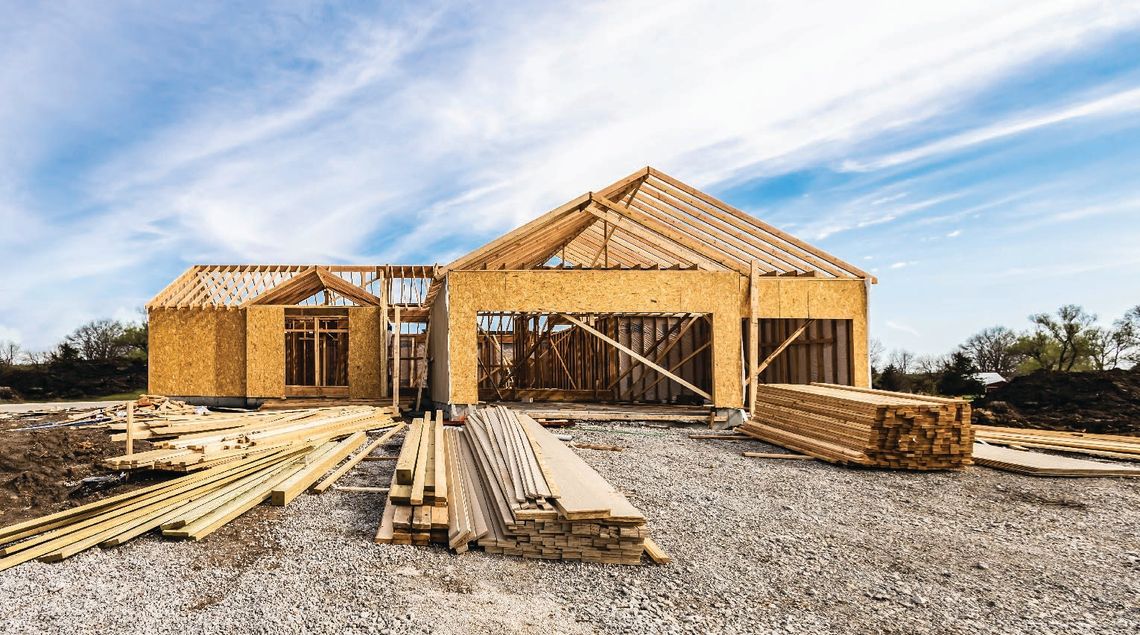Recently, stakeholders from across Marshall County gathered at the Marshall County Healthcare Center (MCHC) in Britton to review the findings of a significant new study, the “Marshall County Housing Needs Assessment.” Dr. Suzanne Smith from Augustana Research Institute led the research, partnering with South Dakota Housing to conduct and compile the assessment.
Lindsey Kimber from Glacial Lakes Area Development collaborated with Dr. Smith on the project. Kimber noted that the organization will use this updated assessment to apply for certain types of grant funding. The previous study, conducted in 2013, focused only on Britton, but this latest assessment covers all of Marshall County.
According to Kimber, the findings will be made available to any town or organization in the county that might need the data to support funding applications.
Here is short summary of the over 100-page study:
Marshall County, like many rural areas, has faced population decline, though recent data shows a slight population gain since 2020, averaging 29 people annually. Household numbers, however, are projected to decrease by 2.3% over the next five years, translating to a small annual loss. Optimistic forecasts suggest growth of 10-12 households annually, particularly if job creation picks up.
The county’s aging demographic means smaller household sizes and a need for aging-friendly housing options. The population of children and adolescents is expected to remain stable, but significant declines are projected among younger adults (25-34) and late-career adults (55-64). Growth is expected among mid-career adults (35-44) and seniors over 65.
Marshall County’s income levels are above the state average, with a notable 39% rise in median household income from 2010 to 2022. Higher-income households are increasing, and median income is projected to grow by about 12% to $76,163 by 2027. Employment is stable, with low unemployment rates between 2% and 4% and seasonal fluctuations due to the county’s agricultural reliance. A significant portion of residents (42.7%) commute to work from other areas, particularly in manufacturing.
Housing trends indicate a parallel decrease in housing units alongside households. A substantial 28.9% of homes in the county are vacant, primarily used seasonally or recreationally. Most (75%) homes are owner-occupied, with renters facing limited options. Rent-free arrangements are common, with about 27% of renters paying no cash rent due to living arrangements with friends, family, or employer-provided housing.
Housing construction has risen, with an average of 21 new residential permits issued per year since 2018, focusing on single-family homes. However, there has been minimal subsidized housing development. Construction has concentrated in rural areas and around recreation areas, with Britton—the largest town—seeing limited new housing. Much of the county’s housing stock is aging; 65% of owner-occupied homes were built before 1980, contributing to affordability but necessitating upkeep. Home values remain moderate, though property values have increased significantly, with a 69% rise in median sales prices from 2018 to 2022.
The rental market faces challenges, with high vacancy rates in some towns but limited availability in others. Rents range mostly between $500 and $1,000 per month, and a recent 55% increase has shifted rentals toward higher price brackets. Stakeholders cite limited rental availability, particularly for larger family units, as a barrier to economic growth and employee retention. Challenges include a shortage of contractors, infrastructure needs, and financing risks.
To meet projected needs, Marshall County may require 8-15 new rental units and 10-14 new owner-occupied homes annually through 2029.
Recommendations include fostering collaborative regional housing initiatives, expanding diverse housing types to meet changing demographic needs, enhancing homeownership opportunities, and promoting financial assistance programs. Renovations are encouraged to preserve existing affordable housing stock, particularly older homes that may provide naturally affordable options compared to new builds.
After the presentation, stakeholders like MCHC CEO Nick Fosness, Britton Mayor Clyde Fredrickson, and local realtor Sandy Gresh discussed the study and shared some ideas. Kimber went on to suggest the group meet again in the future to continue the discussion.



